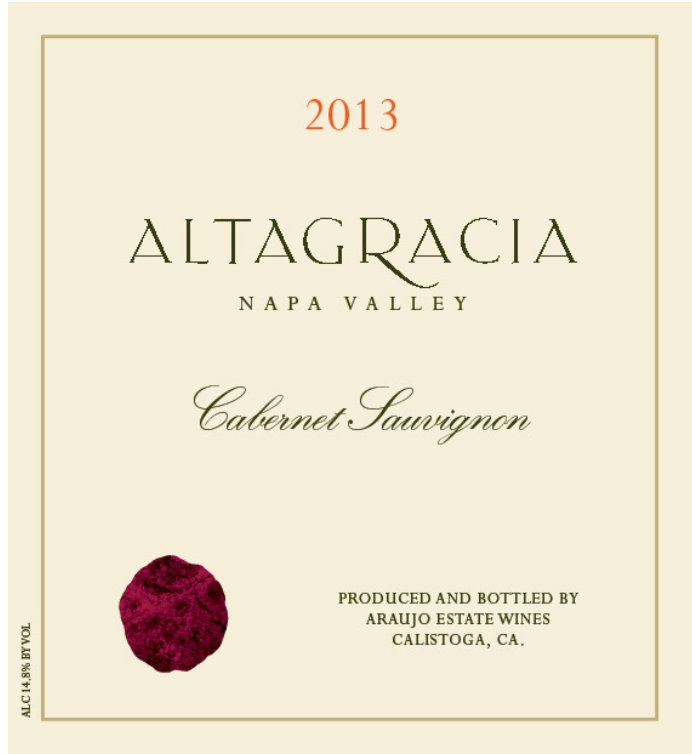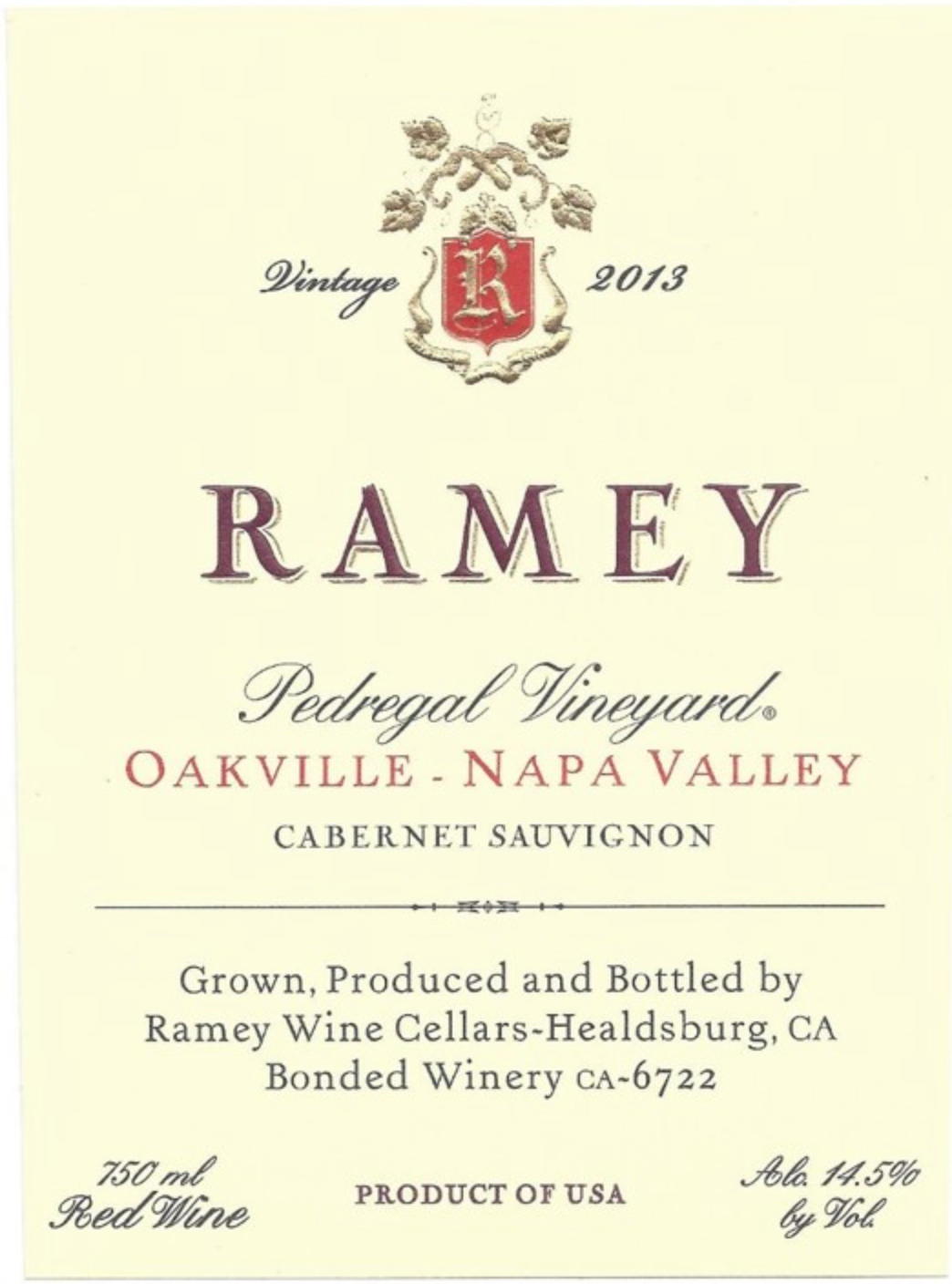For many consumers, U.S. wine labels are easier to understand than the majority of those from Europe. There are two main reasons for this. First, varietal labeling is commonplace here, so you know what grape the wine is made from. (In Europe, wines tend to be identified by their place of origin with no mention of variety.) Second, of course, our labels are in English.
But not everything on U.S. wine labels means exactly what it seems to. Some terms don’t have any legal meaning at all. In this article, and the next, we’ll take a look at U.S. wine labeling laws and how to interpret what you read on a label. Today’s article focuses on varietal labeling and statement of origin.
Varietal Labeling
Many American wines list the primary grape used in the wine on the front label. This is called "varietal labelling." But the wines do not have to be 100% of the named variety.
U.S. law dictates only that 75% or more of the grapes used for a wine be of the stated variety. The rest of the grapes can be of any variety. It’s totally legal to put some Chenin Blanc or Gewurtztraminer into a Chardonnay and wineries don’t have to disclose such blending.
There is one exception to this. Oregon wine law requires that state’s varietal wines to be 90%, unless the grape in question is typically blended in the regions with which it is most identified. For example, Pinot Noir, Pinot Gris, Chardonnay and Riesling must be 90% varietal. But red and white Bordeaux varieties, red and white Rhone varieties, Tempranillo, Sangiovese, Zinfandel and Tannat need only be 75% varietal. The purpose of this is to promote varietal purity in wines for consumers expect it and give producers flexibility with grapes that are best with a supporting cast.
If an American wine does not meet the minimum requirement for varietal labeling, then it has to be identified more generically. Examples of this include “red wine,” “white wine,” “red blend,” etc.
Note that EU wine law is also more stringent on this point than ours. Most areas in the EU don’t allow varietal labeling at all. But, those that do require the named variety to represent at least 85% of the contents.
Place of Origin
Every bottle of wine sold in the United States must have a statement of origin. The label has to say where the grapes are from. But they don't have to be entirely from that region. If the most specific region identified on the label is a county, state or country, just 75% of the fruit must be from that place.
Precision must increase as the origin gets more specific though. If an AVA (American Viticultural Area) is listed as the origin, 85% of the grapes must be from that place. And wines identified as “single-vineyard” must be at least 95% from the named vineyard.
California is a notable exception to this law. It requires all wines labelled as being from California (or any specific region therein) to be entirely from California.

The Araujo Estate label above indicates that the wine is at least 75% Cabernet Sauvignon, at least 85% from within the Napa Valley and 100% from California.

This Ramey label is also a Cabernet Sauvignon varietal wine, but is a vineyard designate. At least 95% of the grapes must be from the Pedregal Vineyard. And, while only 75% of the grapes have to be Cabernet Sauvignon, this wine is actually 85% Cabernet Sauvignon.
Check out the extensive JJ Buckley assortment of varietal Cabernet Sauvignon from U.S. producers.
JJ Buckley guest blogger Fred Swan is a San Francisco-based wine writer, educator, and authority on California wines and wineries. His writing has appeared in The Tasting Panel and SOMM Journal. Online, he writes for his own site, FredSwan.Wine (formerly NorCalWine), PlanetGrape, and GuildSomm. He teaches at the San Francisco Wine School. Fred’s certifications include WSET Diploma, Certified Sommelier, California Wine Appellation Specialist, Certified Specialist of Wine, French Wine Scholar, Italian Wine Professional, Napa Valley Wine Educator and Level 3 WSET Educator. In 2009, he was awarded a fellowship by the Symposium for Professional Wine Writers. In that same year, he was inducted into the Eschansonnerie des Papes, the honorary society of the Chateauneuf-du-Pape AOC.